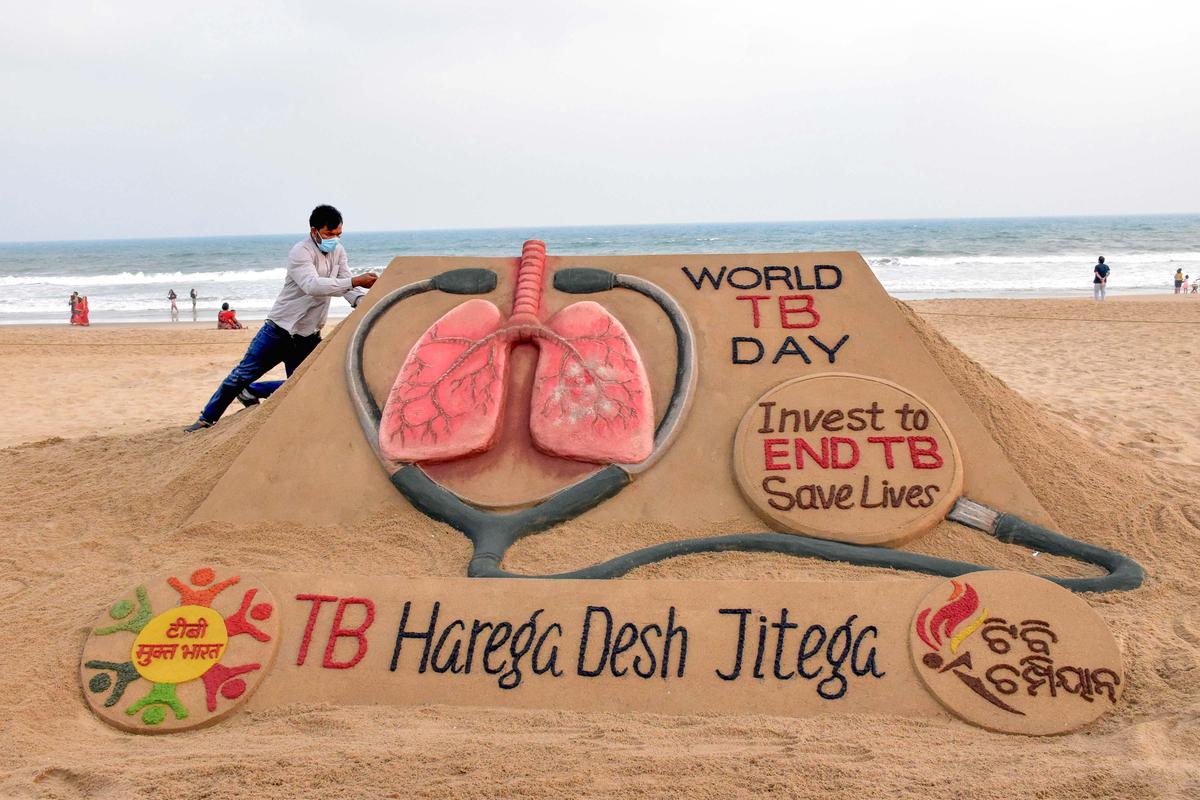The National Tuberculosis Elimination Programme in India has established a goal of eliminating TB by 2025. However, with India accounting for 28% of the global TB burden while spending only 2.1% of its total budget on healthcare, programme execution has slowed, particularly during COVID-19. To achieve the target, increased investments and cross-sector collaboration are needed. The 24th of March is designated as World Tuberculosis Day.

The Battle Against Tuberculosis in India
- International Union Against Tuberculosis: India’s fight against tuberculosis started in 1929, when it became a member of the International Union Against Tuberculosis.
- The Union government created a TB division under the Directorate General of Health Services with the Ministry of Health to supervise the plan after independence.
- The National Tuberculosis Control Programme (NTP) was founded in Bengaluru in 1959, and the National Tuberculosis Institute (NTI) was established in 1962. The Revised National Tuberculosis Control Programme was established in 1963.
- National Tuberculosis Elimination Programme: India is now leading the effort to eradicate tuberculosis by 2025, five years ahead of the Sustainable Development Goals.
- Harega, TB Desh Jeetega: TB Harega Desh Jeetega is a campaign to promote awareness about tuberculosis and encourage people to get tested and treated.
Implementation Difficulties
- Reduced financial allocation: India provides 28% of the global TB burden, but in 2022-23, it will spend only 2.1% of its total budget on healthcare, the lowest among the BRICS countries and similar to Bangladesh (2.5%) and Pakistan (3.4%).
- Slow release of funds: According to the Ministry of Health’s Joint Monitoring Mission Report 2019, the slow release of funds has had a significant impact on the programme’s efficacy.
- Low fund utilisation: A lack of resources for crucial TB control interventions such as early detection, diagnosis, and treatment has led from low fund utilisation.
- COVID-19 slowed implementation: COVID-19 slowed implementation of the TB program, necessitating extra policy development, planning, and funding.
Opportunities for Collaboration in the Future
- Different players must work together to support the government’s inter-sectoral, multi-centric programme approach to TB elimination and to strengthen grassroots community response.
- Investing in key areas such as diagnostics and access, which have previously been barriers, is essential for reshaping the national TB strategy.
- The theme of World Tuberculosis Day 2023, “Yes, we can end TB!” communicates a message of optimism that turning the tide against the TB epidemic is possible.
@the end
To effectively eradicate tuberculosis by 2025, India must prioritise sustainability through strategic investments, focusing on areas of greatest need, and properly funding TB initiatives. India can overcome its TB burden and meet its ambitious goal with collaborative efforts and dedication. We can make it happen if we work together.
Source: https://www.thehindu.com/news/national/india-committed-to-end-tuberculosis-by-2025-pm-modi/article66656616.ece#:~:text=Latest%20News&text=PM%20Modi%20further%20added%2C%20%222030,against%20TB%20has%20global%20potential.
